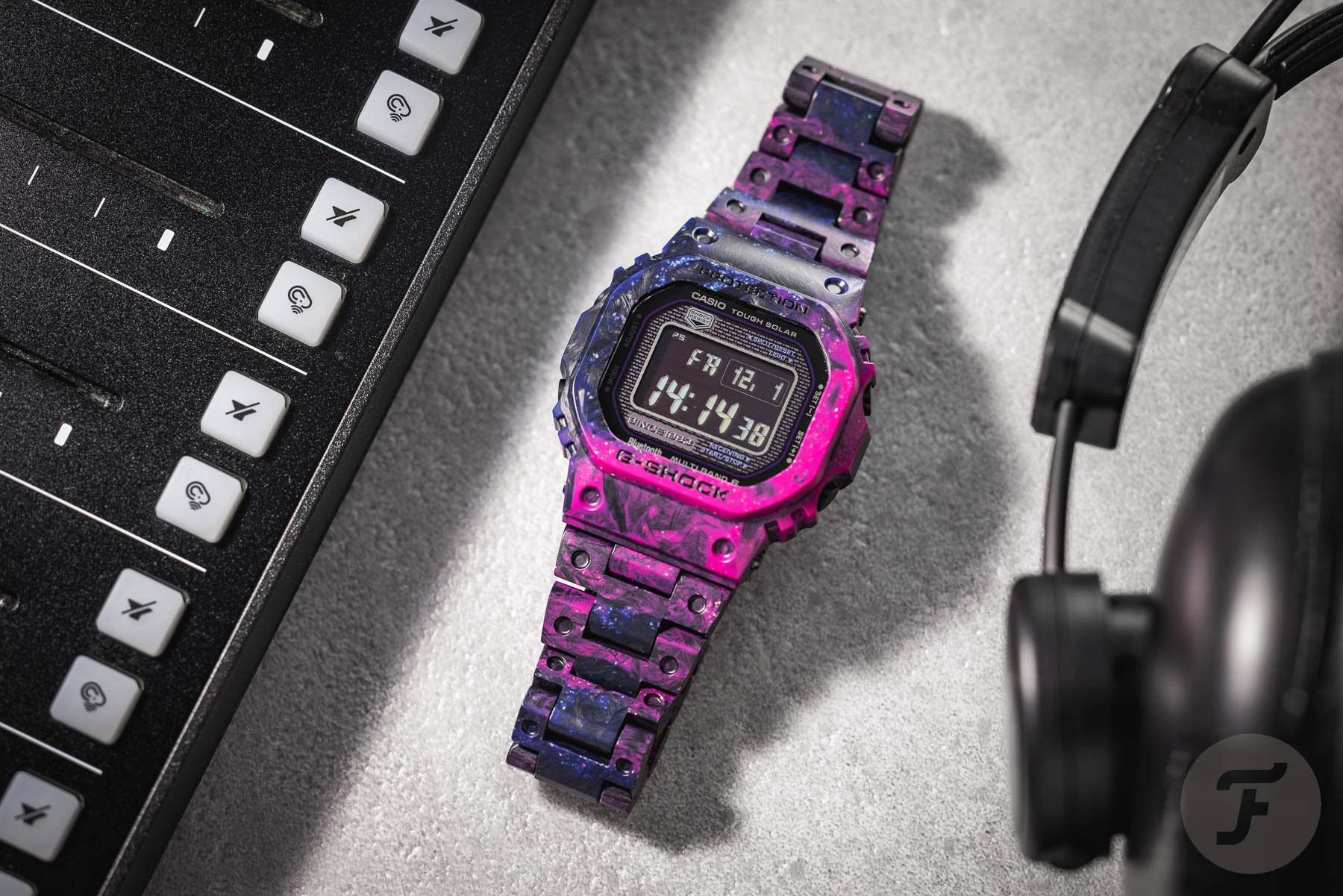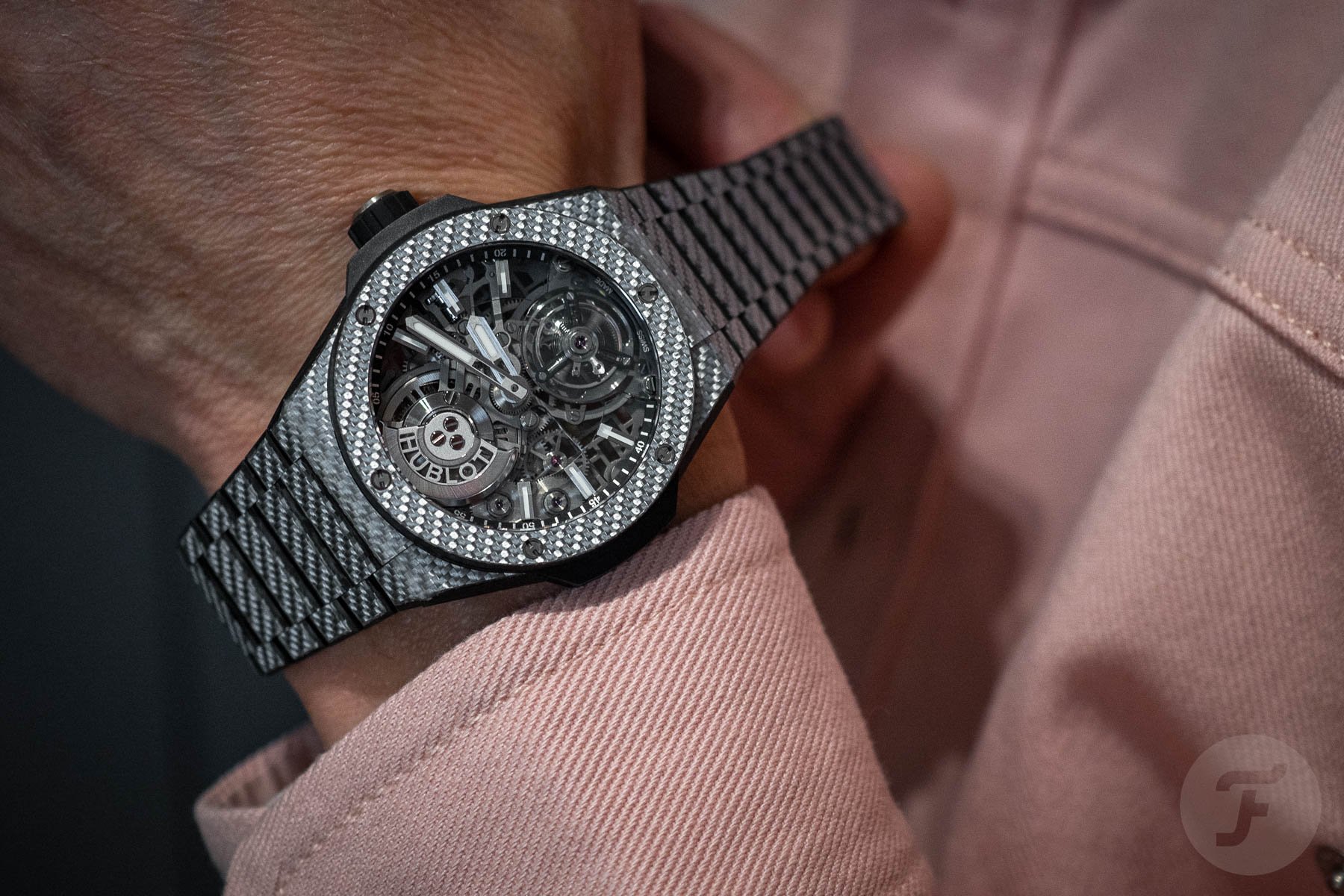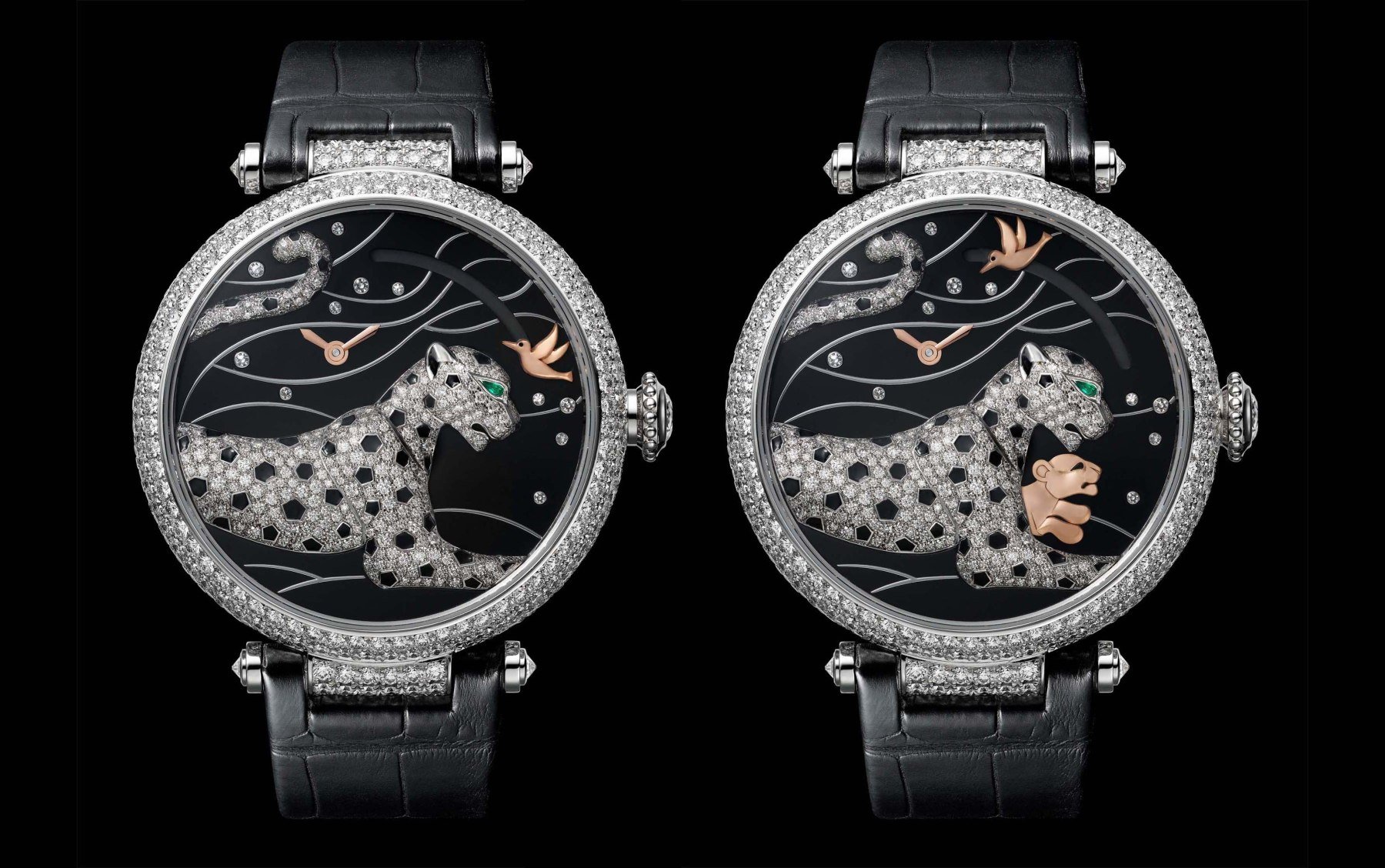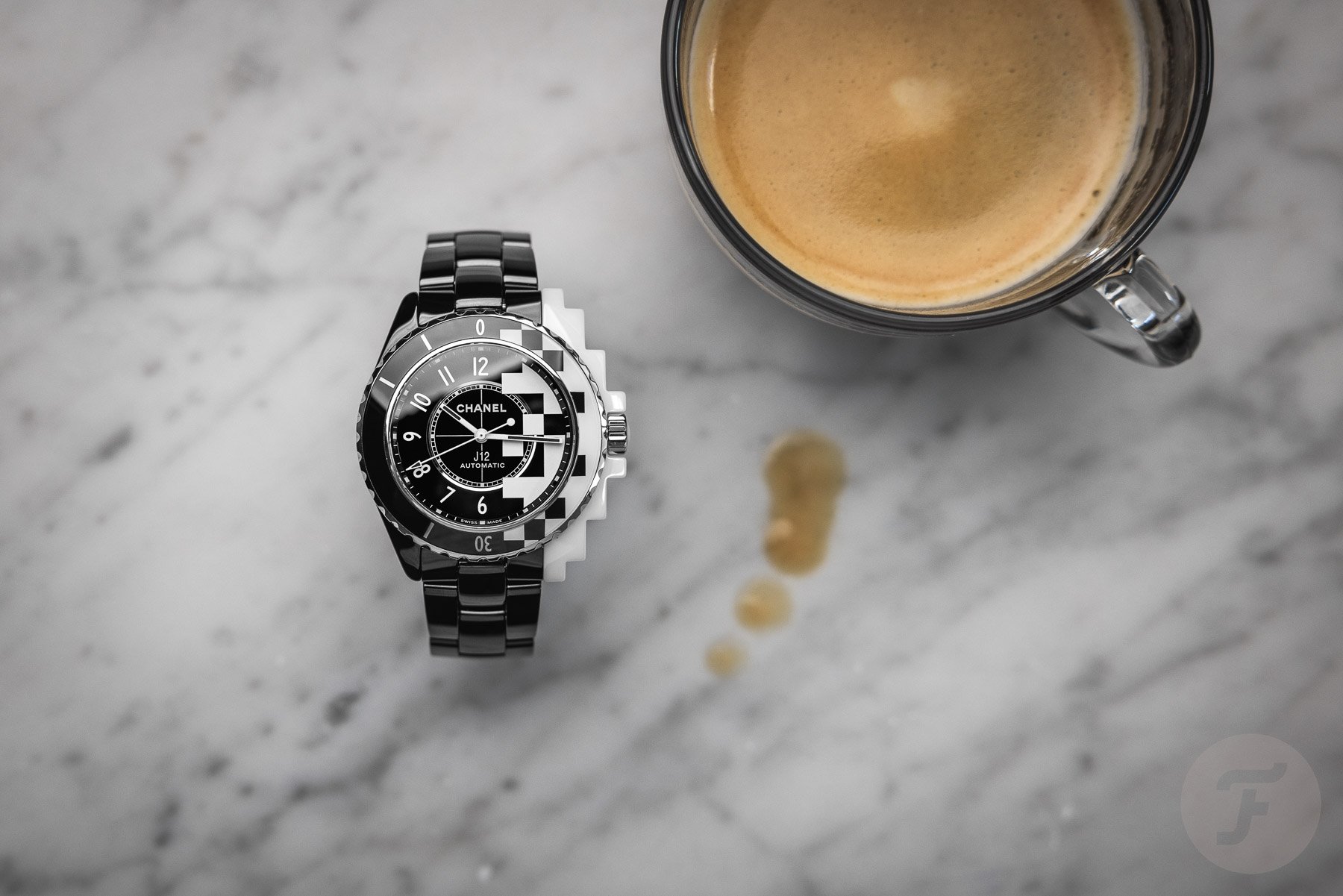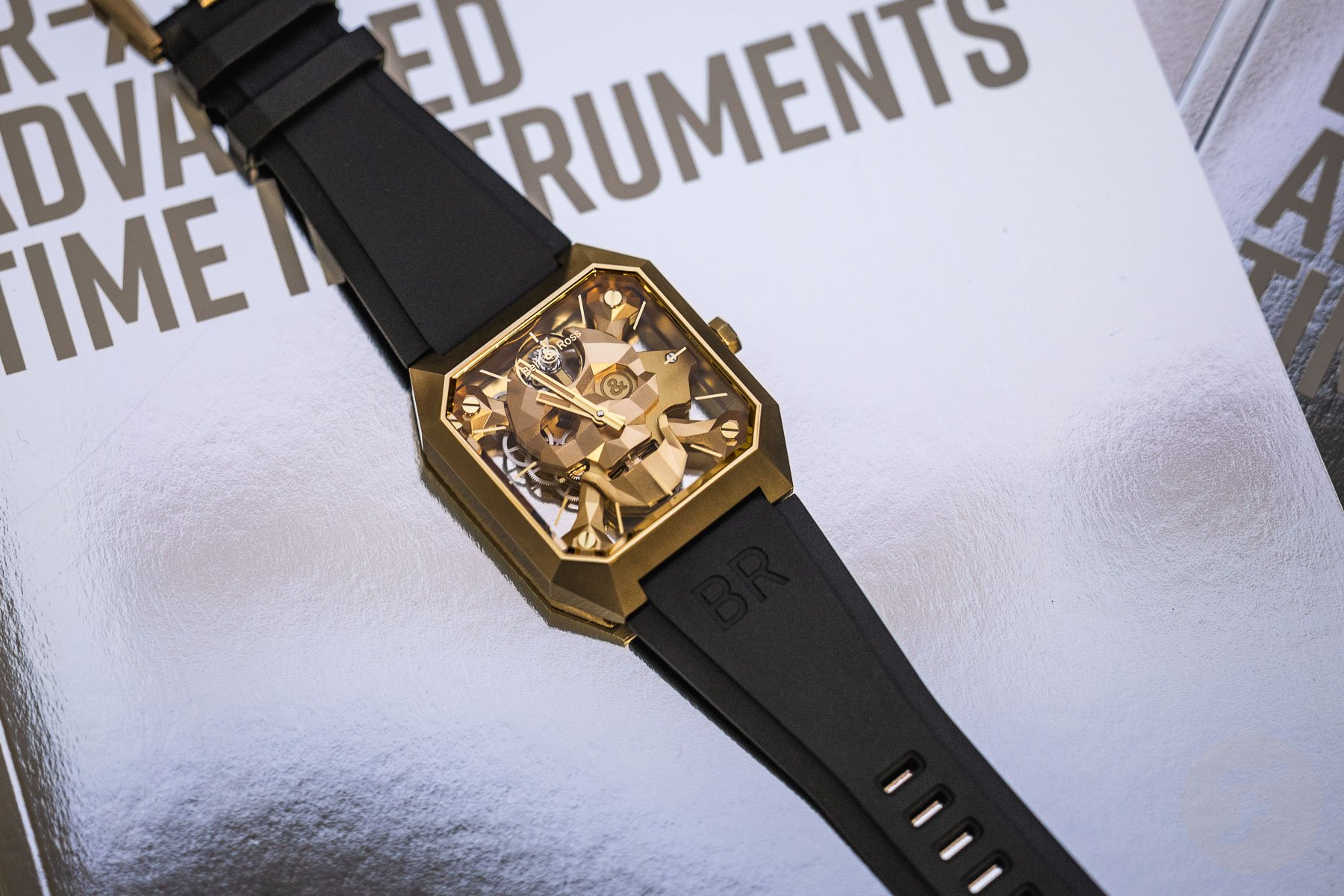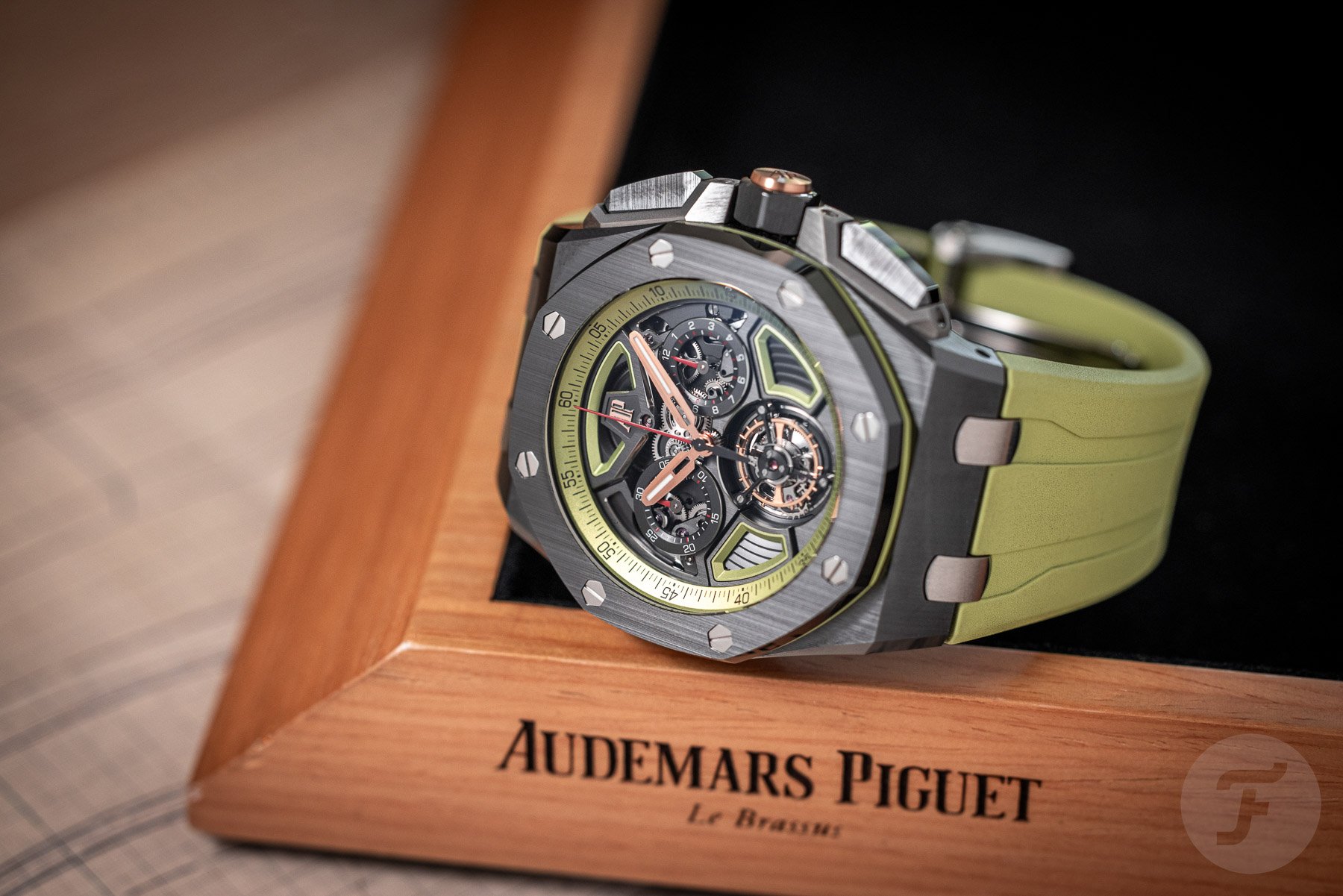The Frayed Edges Of Good Taste In Watches — Has Kitsch Become Chic?
Gilles Lipovetsky is a famous French philosopher of aesthetics who, while recently talking to Spanish newspaper El País, said the following: “Luxury used to be the rarest, most beautiful, and the most expensive. Today it is also bad taste, ugly, vulgar, and even obscene.” But when does good taste turn bad? Let’s examine the fringes of good taste in watches with photos of pieces from some well-respected, rebellious, and avant-garde brands.
Lipovetsky recently published the book Kitsch in the Hypermodern Era. The word “kitsch” is of German origin and in English means “worthless, trashy art” — think of a velvet portrait of Elvis in a gold frame, a good example of bad taste, in my humble opinion. In Lipovetsky’s book on kitsch, he analyzes bad taste in luxury. What he states is that luxury — and that realm includes high-end watches — is no longer what it used to be. What was once associated with elegance, exclusivity, and good taste, has gradually transformed into something else. Lipovetsky knows what happened.
Exploring the frayed edges of good taste in watches: has kitsch become the new chic?
“Luxury was the rarest, the most beautiful, the most expensive, and, therefore, the most desirable,” Lipovetsky said in El País when talking about his book. “And here today a certain number of prestigious brands flirt with kitsch, bad taste, the ugly, even the vulgar and the obscene. I think it began in the nineties with porn chic in the communication of luxury brands. They had advertisements with pornographic allusions and zoophilia. That was a start.”
There are more examples in fashion, where artistic outings become vulgar and kitschy expressions of bad taste. But what happened in the world of luxury watches? Has kitsch also become chic?
To cut a long and complex story short, luxury, which was once exclusive to the elite, has become democratic and widespread. Popular taste has become a dominant factor in the world of luxury, and that means that exuberance — such as large, shiny, and blatantly expensive watches — has become the norm. The result is that the rich these days have developed largely the same tastes as the masses.
Luxury as an expression of wealth or personal freedom
Class culture is dead, and money lives. Capitalism has wiped away traditions, while wealth only brings stuff. The dominance of materialism has hollowed out the meaning of luxury as a culture. The internet exposed luxury to the world, and with the non-traditional rich on the rise — real-estate agents, bankers, cryptocurrency traders, pro athletes, and so on — they used their vast amounts of money to buy large numbers of luxury items like cars, yachts, clothes, jewelry, and watches, of course. Unlike the traditional social elite, who buy luxury items because they are integral parts of their world, the nouveau riche buy without historical context.
Newly rich people are free and affluent enough to reinvent the luxury wheel. But it’s a bit like the Audemars Piguet slogan that says, “To break the rules, you must first master them.” Without a solid background, luxury goes on a rampage. The new crowd will use its fortune on luxury goods only to express wealth and status, exposing crude behavior and a lack of manners and knowledge. Luxury goods are not a personal expression of freedom. Tell that to Nicolas Cage’s character Sailor in the 1990 David Lynch movie Wild at Heart, who proudly states the following regarding an expensive and exuberant piece of clothing he’s wearing: “This is a snakeskin jacket! And for me, it’s a symbol of my individuality, and my belief… in personal freedom…” And when Nicolas Cage is not acting, he expresses that same belief with a Rolex Daytona Leopard.
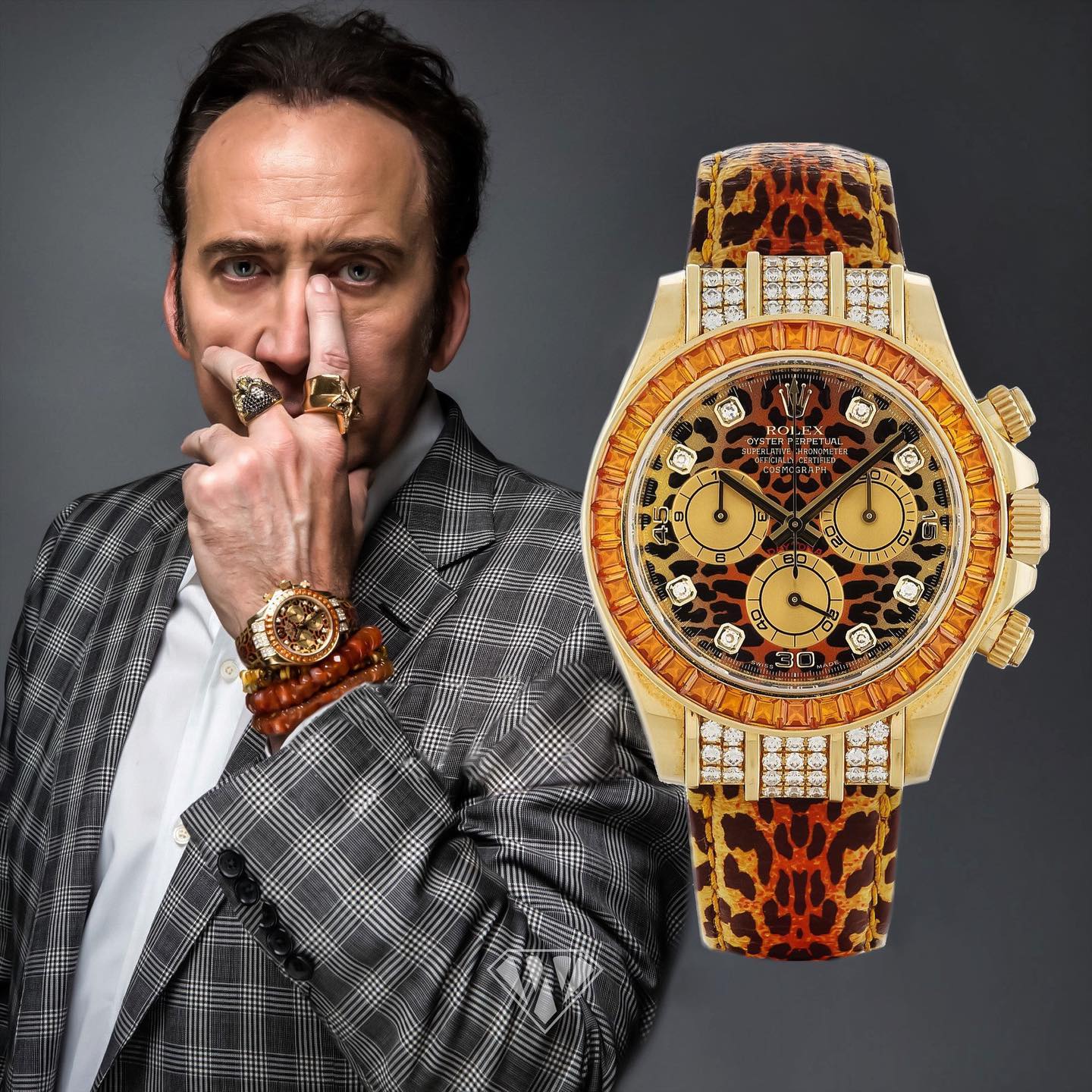
Nicolas Cage and his Rolex Cosmograph Daytona “Leopard” 116598SACO — Image: Superwatchman / The Hollywood Reporter
The loud boom of luxury
Brands also see the advantages of money being spent with ease. After all, brands that produce luxury goods are commercial entities. Having said that, I do remember talking to a Rolex PR exec during the Baselworld watch fair in the early 2000s about this topic. I was told that Rolex could sell many, many more gem-set watches because of the overwhelming demand in certain areas of the world, but the brand didn’t want to do it because it would hurt its solid Swiss image. The market for loud, shiny, and very expensive timepieces was already booming back then, and its boom has become increasingly louder ever since.
The collapse of traditional rules and roles also saw the informal beat the formal. Everything is “casual chic” now. The combination of sneakers, denim, a hoodie, and a gold watch as the icing on the cake is common attire these days. Restraint has been overrun by limitlessness; everything goes, so to speak.
Brand image is important, and therefore that image needs to be protected. But brands do seem to try and push the boundaries. They stretch their personalities and, while doing so, explore the frayed edges of good taste.
Bad taste is also a taste, or is there more to it?
Taste is, of course, subjective. “Bad taste” is also a taste, and what I consider good taste might very well be bad taste in your eyes. Beauty is in the eye of the beholder, but we can explain why people find certain watches beautiful. There are psychological mechanisms at work when it comes to taste. Compensation is one aspect — a man who drives a big car may do so to compensate for his…
But I don’t think there’s a correlation between having small feet and an oversized, diamond-clad watch on the wrist. What is certain, however, is that almost everybody has doubts, tries to find balance, and wants to be complete. Luxury products like watches are attractive items that tell wonderful tales and hold “promises” of the happiness that everybody seeks; with the right watch on your wrist, you can compensate for the things lacking within. So, is a louder watch indicative of a greater inner void? Maybe that’s an oversimplification. But the truth is that a sober Patek Philippe Calatrava says something quite opposite than any of the watches I’ve selected to enliven my story.
This article about the frayed edges of good taste in watches is interspersed with pieces from Rolex, G-Shock, Cartier, Hublot, Roger Dubuis, Chanel, Bell & Ross, and Audemars Piguet. But I could also have used watches from (almost) every other luxury watch brand known to man. I’m curious to read your reactions in the comments. Oh, and please write them in good taste.

